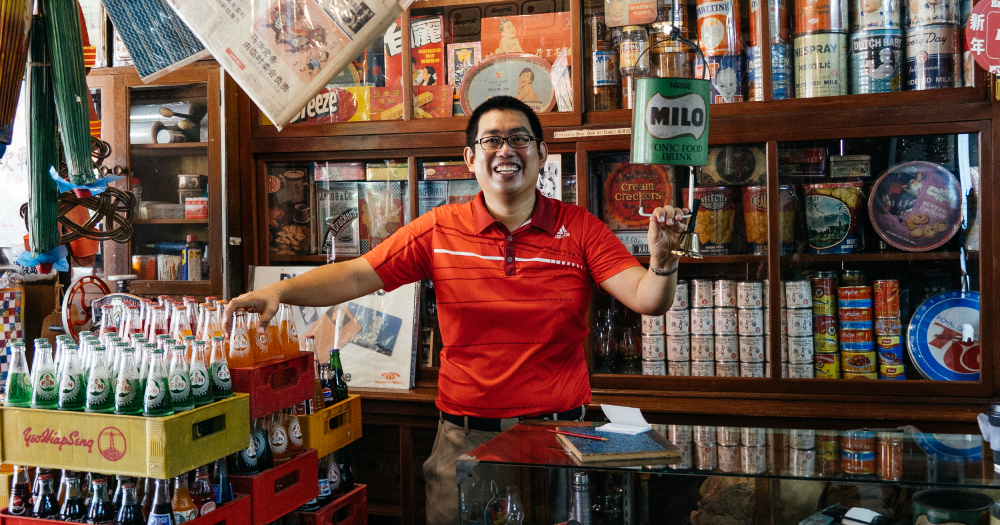Turn the corner on Frankel Avenue and Changi Road, walk a few meters and you’ll be greeted by one house that’s not like the others.
David Wee’s driveway and veranda are filled with artefacts and trinkets from bygone eras.
The 37-year-old runs Wee’s Collection, a cozy private gallery featuring items from Singapore's pre-war colonial days up to the 1970s.
Everything is purposefully arranged in detailed sets, replicating as much as possible, familiar places back in the day: there’s a coffeeshop section, a salon in the corner, a provision shop's counter and shelves, and a tailor’s set-up.
For S$5, Wee will take you on a 30-minute step back into history, complete with a show and tell segment where he exchanges anecdotes and facts about his collection with his guests.Sessions at the gallery typically end with photos; younger visitors posing in barber chairs while thinking of the perfect Instagram caption while older ones recreate scenes from their youthful days.
https://www.instagram.com/p/CF6NV2pH7G9/
Even those with slightly shallower wrinkles might be hit with a dose of nostalgia. A particular highlight for me (someone who is not that old) is the faded orange payphone Wee has among his vintage phone collection. Seeing it immediately brings back memories from my primary school days when I would pay 10 cents to call my parents.
Wee informs me that they actually came in a range of different colours — he’s yet to find the coveted and rare pink version of the phone.
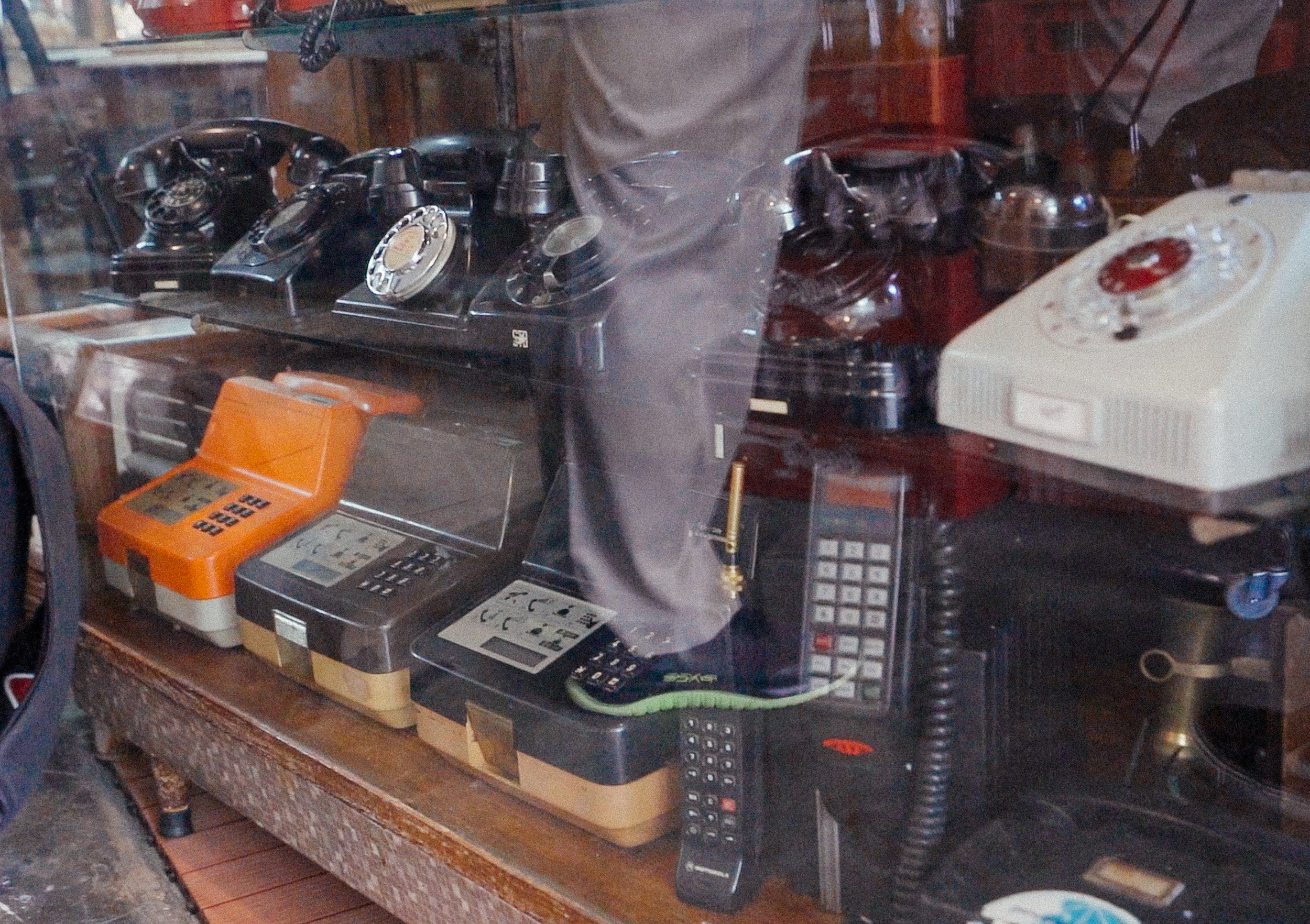 Image by Bryan Cambo.
Image by Bryan Cambo.
Started with a vintage F&N glass
With his collection now 25 years in the making, the former civil servant says his love for antiques found its kindling in his teenage years, when he would accompany his father to flea markets.
The pair would go bargain hunting, looking for cheap items that could be useful around the house.
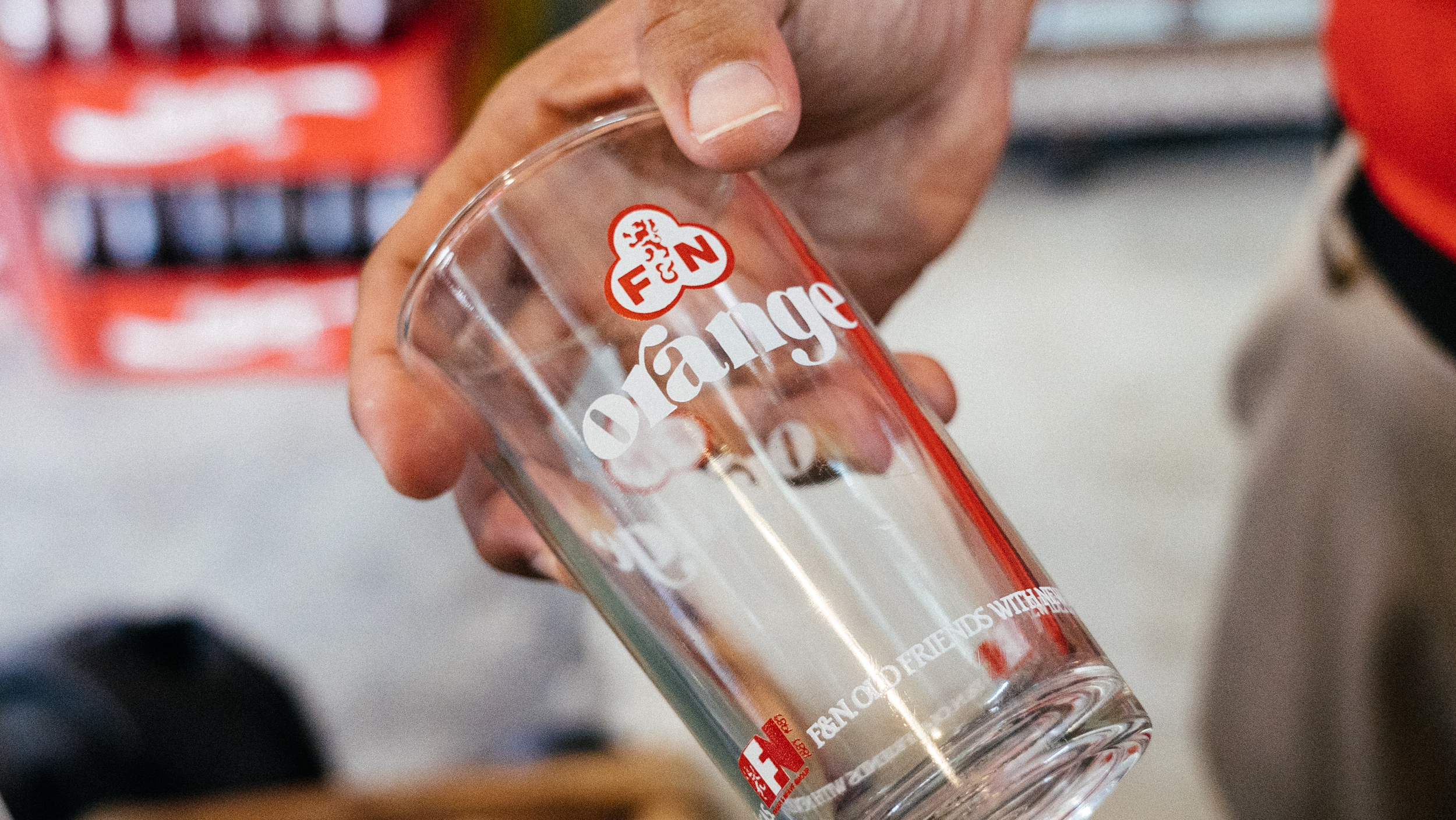 Image by Andrew Koay.
Image by Andrew Koay.
“One fine day I came across a vintage F&N glass that I could associate with because I grew up drinking F&N Orange,” he says beaming from ear to ear, recalling the moment that would set a course for his life.
“I thought that it’s a pity for such glasses to be thrown away so I bought it for S$1.”
That first glass — with what Wee calls “a very simple design” — kick-started a collection of cups which eventually expanded to include all items of vintage quality.
Altogether, Wee estimates he might have spent anything between S$100,000 to $150,000 amassing his trove of curios.
The hobby of collecting naturally took the former civil servant into the world of buying, selling, and trading antiques — yet the experience for him was somewhat unsatisfying.
“I realised that it’s not a very sustainable kind of thing. Because, you know, it’s not like you sell a shirt and tomorrow you sell another thousand shirts. [For] vintage items, once you sell them, you may not see them again in the market.”
A story behind every item
He then turned to renting the items out (often as props in period shows or movies) or using them as part of his events company to create heritage-themed fairs and installations.
This is Wee’s true passion: sharing his vintage items for others to experience.
In many ways, his gallery — started around two years ago — is the culmination of that joy.
His penchant for sharing goes beyond the mere physical experience of seeing and touching the item, to telling the stories behind them.
“I believe that every item has a story behind it waiting to be told,” he tells me.
Throughout our time at the gallery, Wee buzzes around enthusiastically explaining each relic’s place in the lives of previous generations of Singaporeans.
“This has three uses to it,” he says of an old school coffee boiler; the large bronze metal tank aptly sits in the coffee shop segment of the gallery.
“To boil hot water, to heat up the cups and the saucers, and to steam bread. Why do you have to keep the cups warm? Cleanliness — sanitisation, you know?
The other thing is, they believed that if the coffee cup and saucer is of a certain temperature, when you put the coffee and tea into it, it tastes nicer.”
One of his favourite things about running the gallery is getting to exchange anecdotes and memories with visitors.
During a recent tour he was conducting, Wee explained the popularity and subsequent demise of Rediffusion, a cable radio service with programming in dialects from the post-war era.
“I was sharing with them that because of the evolution of things like television, Rediffusion became obsolete.
And one of the guests was from that particular era. He pointed out the fact that our government didn’t want to promote the speaking of dialect back then. Because of that they actually kind of stopped the broadcasts of Rediffusion… so they could only broadcast Chinese-related media.”
“It was an add-on for me, you know? I learn along the way,” says Wee.
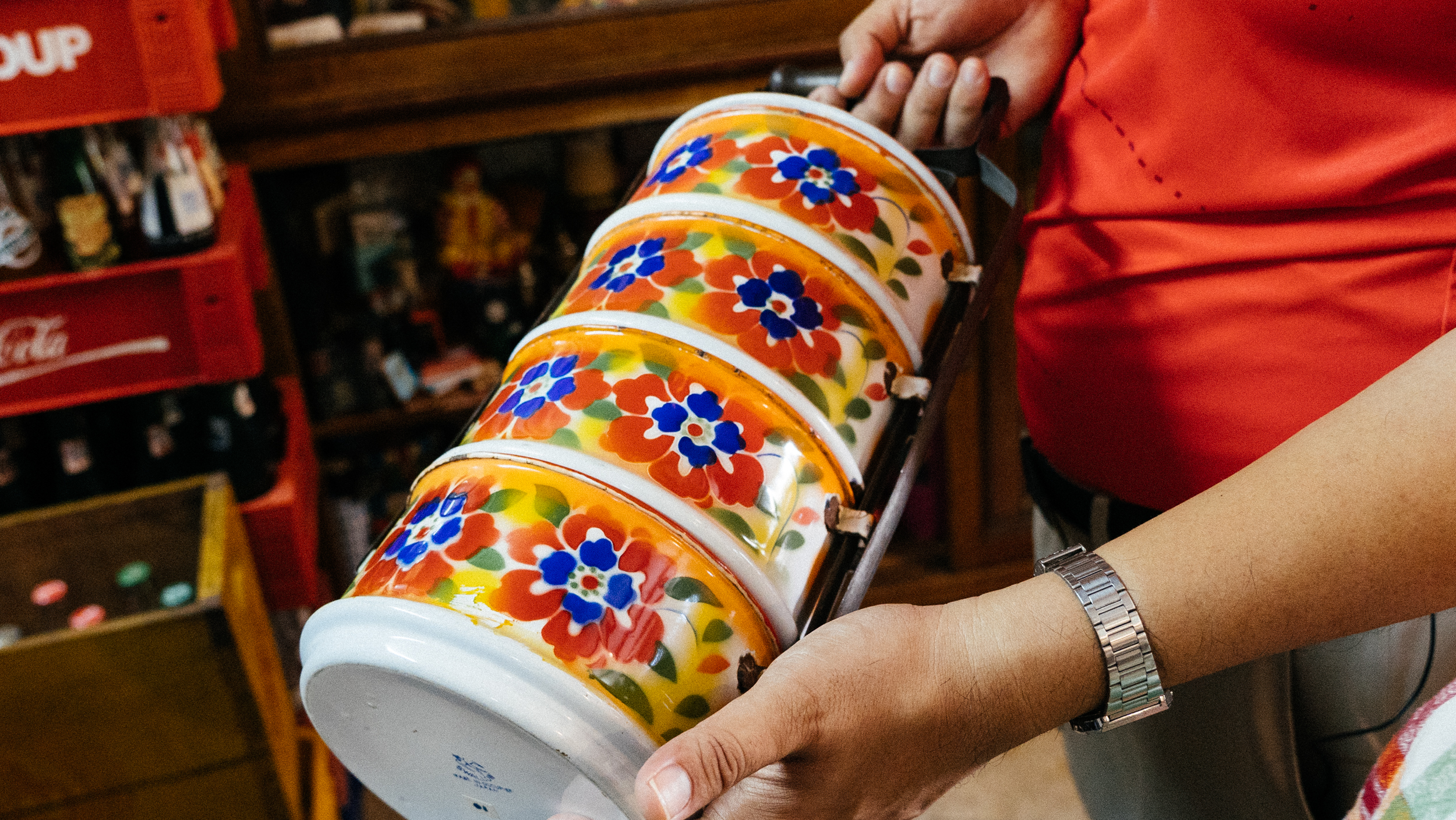 One of Wee's most prized vintage items, a tiffin with a stamp that says "Made in Occupied Japan". Image by Andrew Koay.
One of Wee's most prized vintage items, a tiffin with a stamp that says "Made in Occupied Japan". Image by Andrew Koay.
Preserving what may soon be forgotten
Beyond his own personal enrichment, Wee tells me that there’s also a grander purpose behind his gallery: to preserve a fragment of Singapore he fears may be forgotten as the city renews itself.
“We have a lot of new buildings in Singapore, you know? Like MBS (Marina Bay Sands) and RWS (Resorts World Sentosa). There may come a point in time where you come to Singapore, and you realise that we have a lot of new things, and a lot of old things that look new.
But what about all the things in between? Our own history from 1965 to today?”
Belonging to this category of "things in between" is a pulley system with a Milo tin that Wee has rigged up, high above the ground in the provision store section of the gallery.
Provision store owners of old would pull on a handle and bring the tin down every time they needed to take money out; the action accompanied by the loud ringing of a bell attached to the handle.
This, explains Wee, was the old school security system for shops — anyone hoping to pilfer the cash in the Milo tin would risk setting off literal alarm bells.
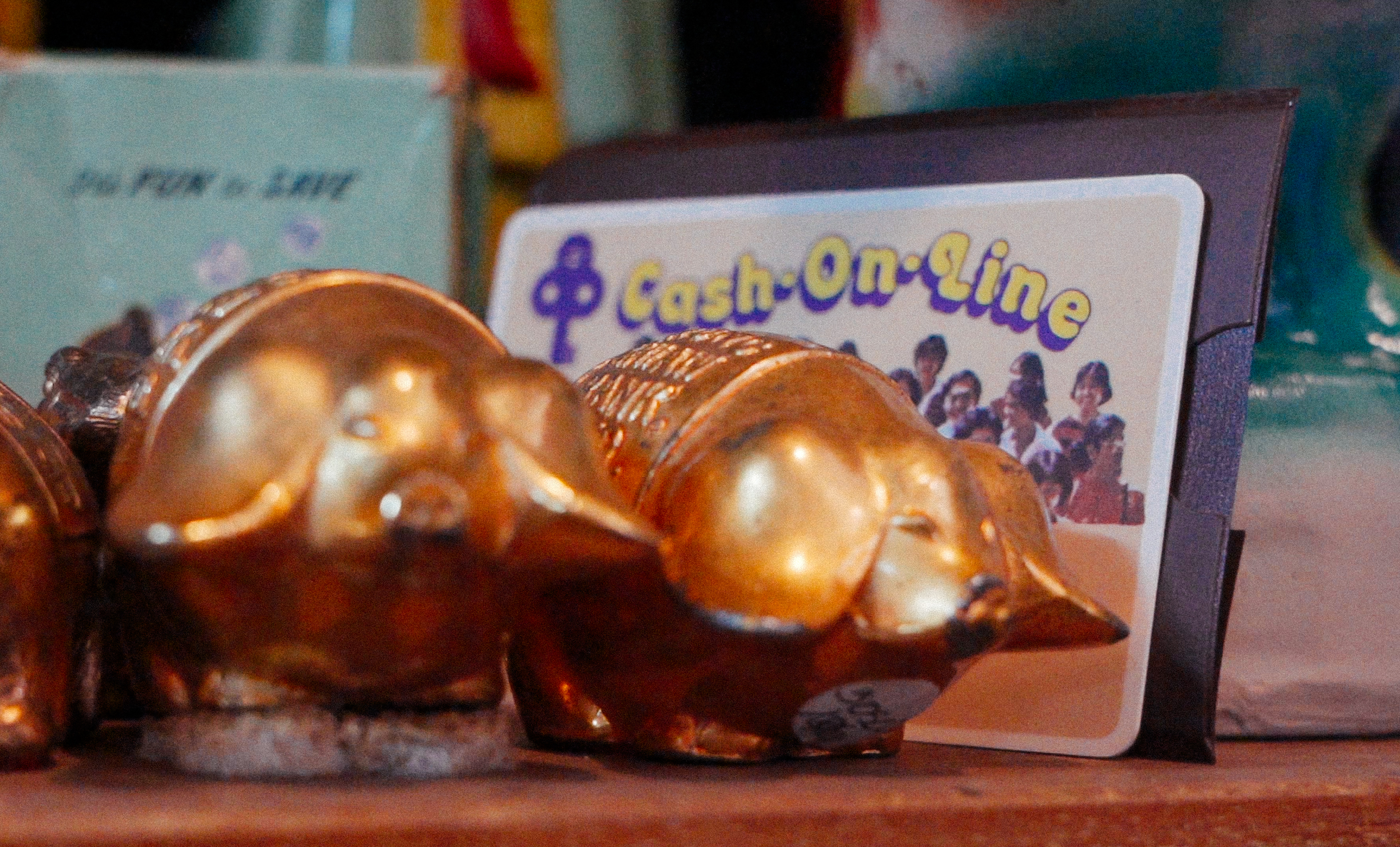 Image by Bryan Cambo.
Image by Bryan Cambo.
Directly across from Wee’s provision shop is a cupboard filled with knick-knacks that those who grew up in developing Singapore might find common.
Among them are several coin banks and bank books catered to youth, which Wee says are reminders of the government’s campaign to instil a culture of saving in Singapore.
“Personally I believe that seeing is believing… when people really see, and I can explain (the history of the item), it will be a better experience for them — that’s what I hope to achieve.
We have to understand our past in order for us to cherish our present and have a better future.”
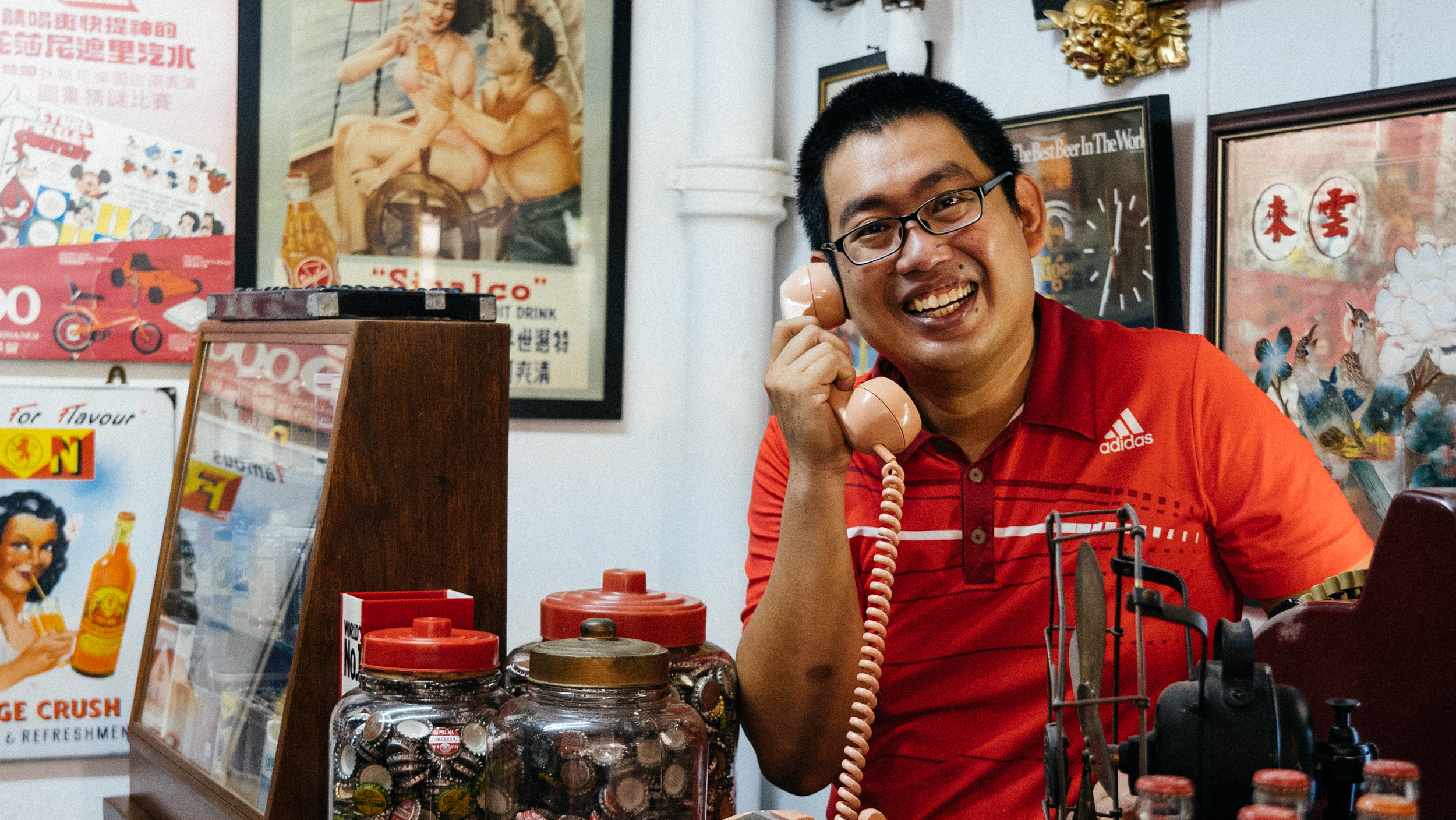 Image by Andrew Koay.
Image by Andrew Koay.
We deliver more stories to you on LinkedIn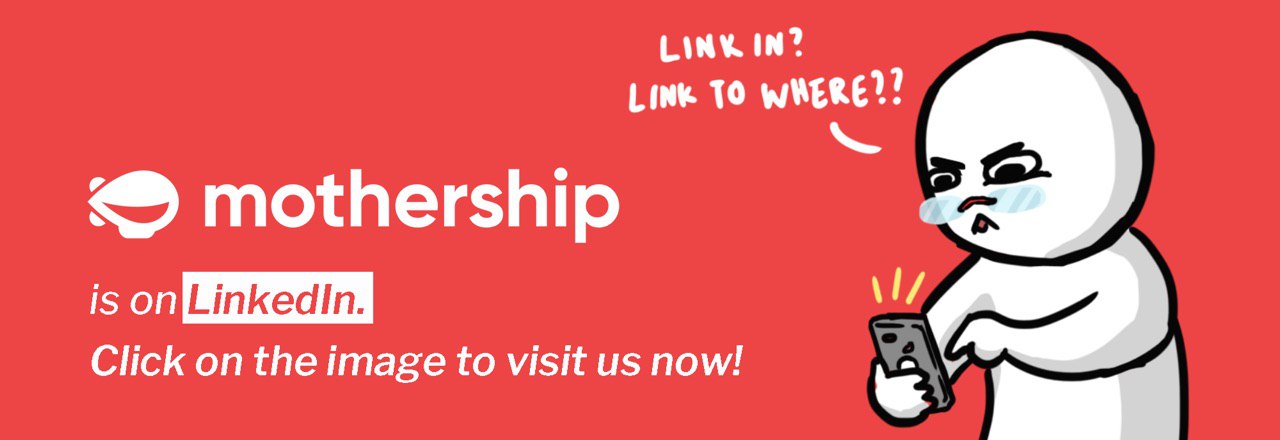
Stories of Us is a series about ordinary people in Singapore and the unique ways they’re living their lives. Be it breaking away from conventions, pursuing an atypical passion, or the struggles they are facing, these stories remind us both of our individual uniqueness and our collective humanity.
Top image by Andrew Koay.
If you like what you read, follow us on Facebook, Instagram, Twitter and Telegram to get the latest updates.
